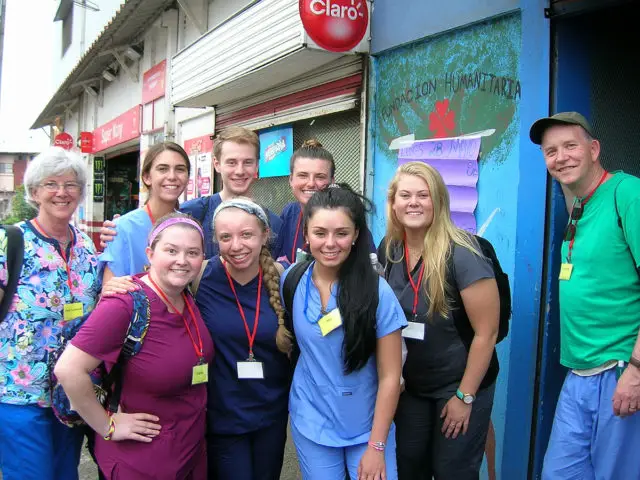A report was recently presented at the 57th session of the Directing Council of the Pan American Health Organization (PAHO) in Washington, where progress and challenges of how Costa Rica has been working on health issues were presented, through Vice President Epsy Campbell.

One of the many highlights in this report is the increase in life expectancy at birth, that Costa Ricans now has, in addition to the decrease in infant and maternal mortality. Also the advances of our Country in the control of communicable diseases.
It is important to note that in this session, Vice President Epsy Campbell participated with the Minister of Health, Daniel Salas; the Ambassador of Costa Rica in the United States, Fernando Llorca and the Ambassador to the Organization of American States (OAS), Montserrat Solano.
Consolidating the health system.

“Being a developing country, we have managed to consolidate one of the best health systems in the world, which certainly presents challenges, but which makes us proud as Costa Ricans” This was stated by Vice Minister Campbell.
One of the national systems that were highlighted is the “Caja Costarricense del Seguro Social” (CCSS) model, where all taxpayers and their families have equal possibility and quality of access to health.
Great achievements in health.
One of the achievements that the country has been cultivating is that despite being a middle-income nation, it has a life expectancy, according to the National Institute of Statistics and Census (INEC), of 80.3 years, an infant mortality rate of 8.4 for each one thousand live births and a maternal mortality of 1.5 per thousand births.
Another strong point that the country has is the excellent training of all members of its health care staff, and the up-to-date health data and information statistics that can be useful to improve even more the services within the country.
In addition, Costa Rica is carrying out its zero decarbonization plans, which will have a long-lasting positive impact on the health of Costa Ricans, because they can live in a country with cleaner, emission-free air, and water, which will undoubtedly impact the integrity of its biodiversity.
Current challenges for the Costa Rican health system.
One of the challenges still present is malnutrition, overweight and childhood obesity, as well as the prevalence of chronic diseases and increases in health care costs. Another challenge is the persistence of inequality among population groups, especially in relation to the Afro-descendant population, which is why the Costa Rican government is working on mechanisms that help generate greater levels of equity and solidarity within all the population.
“Although we have managed to drastically reduce the numbers of teenage pregnancy, in recent years, when we analyze carefully by social groups, we find that teenage pregnancy in the Afro-descendant population rather has increased. That is why it is very important that we disaggregate the data because the averages regularly hide inequalities”, said Campbell.
Addressing the inequalities.

For Vice President Campbell, not only does Costa Rica experience these inequality problems, this problem affects a large part of the countries of the world and is an issue that every Government should address. Campbell commented, “The 2030 Agenda on Sustainable Development Goals are the compass and the commitment of the community of nations to achieve extraordinary progress and well-being that can reach everyone, without leaving any who are behind today. We have the vehicle to eliminate inequality”.
It is worth mentioning that Costa Rica was elected to assume the Presidency of the 57th Session of the Directing Council of PAHO, which brings together the Ministers and top health authorities of the Western hemisphere.
Finally, it can be said that the health system in Costa Rica is currently recognized worldwide for its effectiveness and for keeping up to date with the top-of-the-line health technologies, amazing even foreign visitors and tourists who come to our Country and are surprised by the high quality and accessibility of the services.

